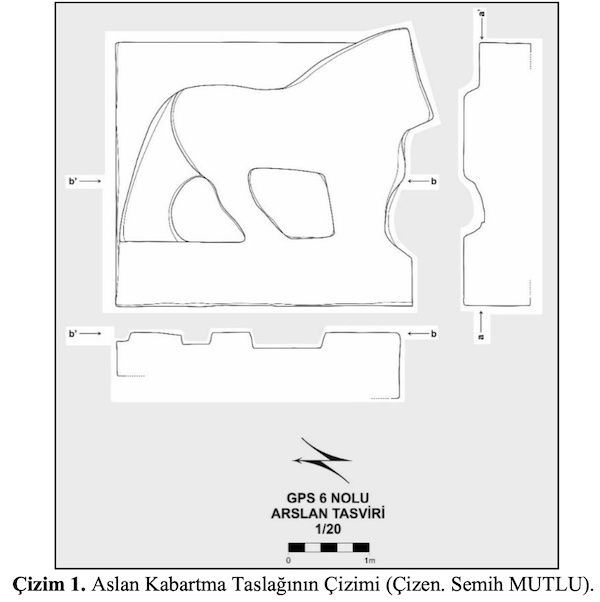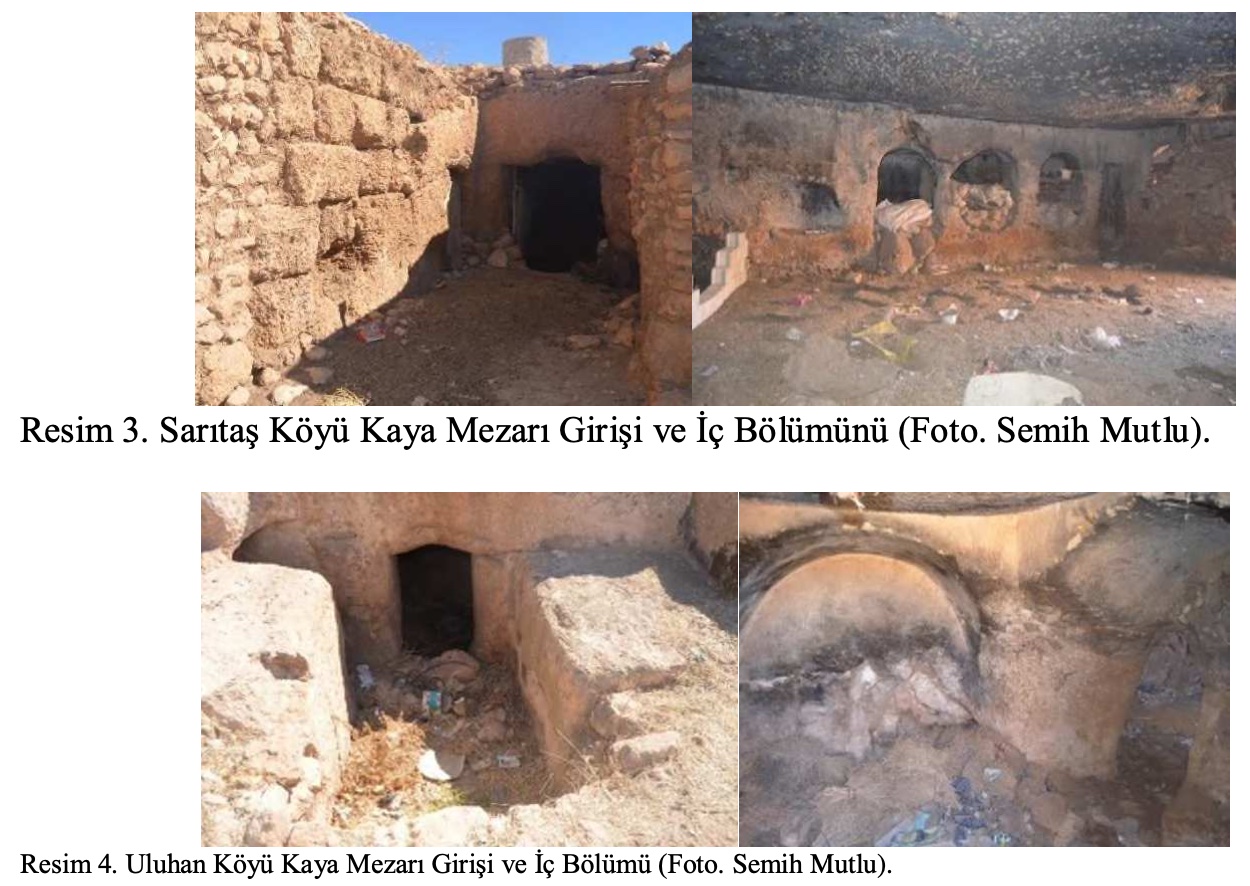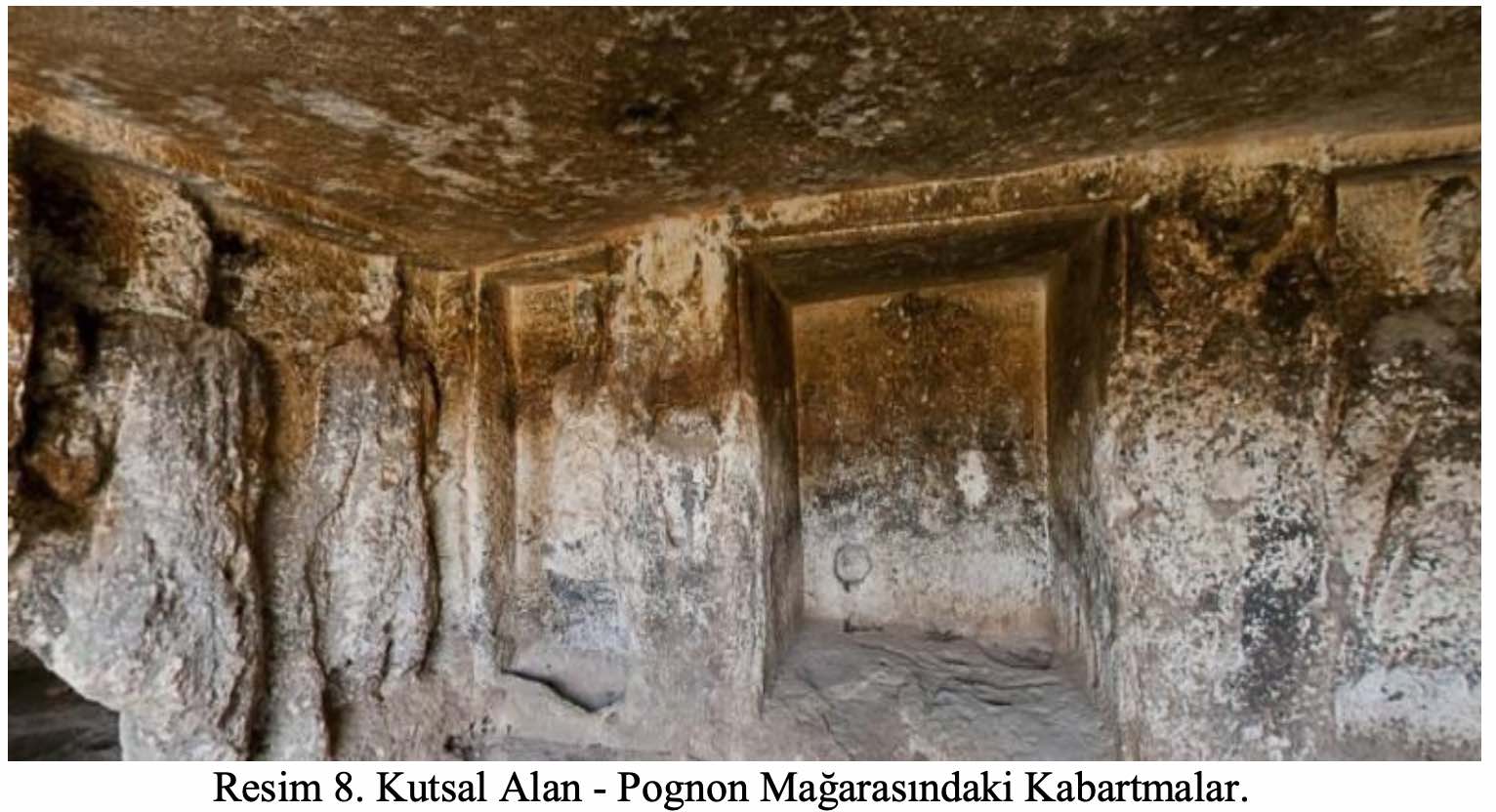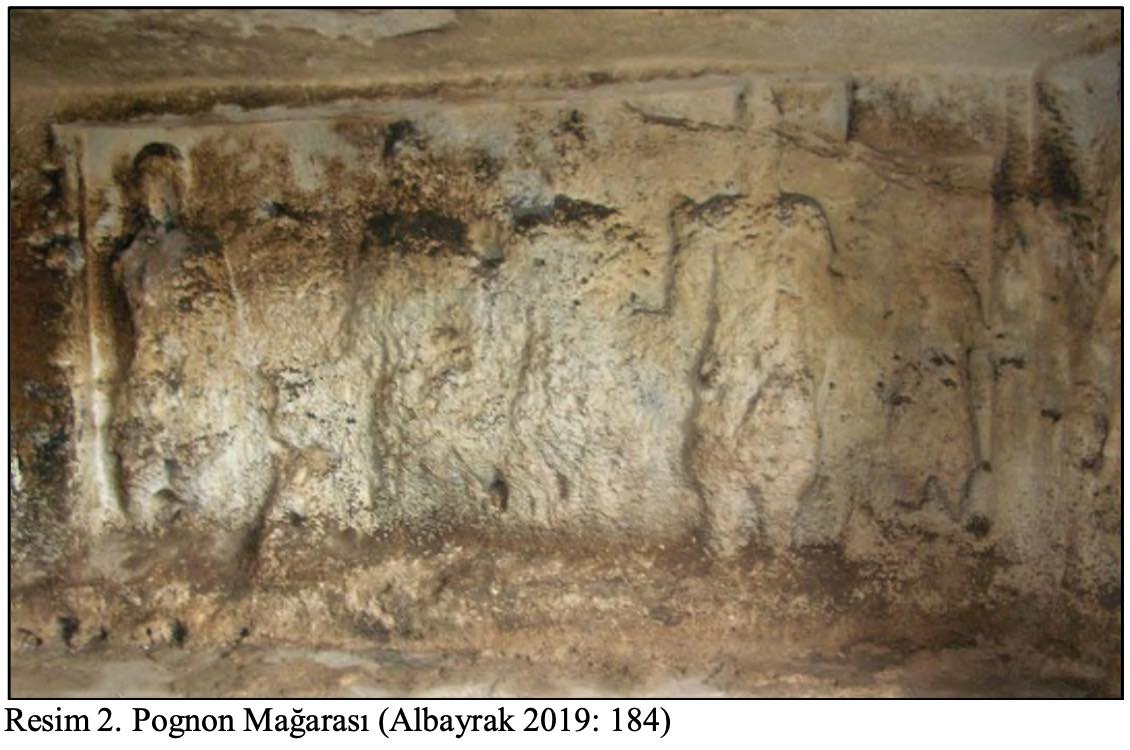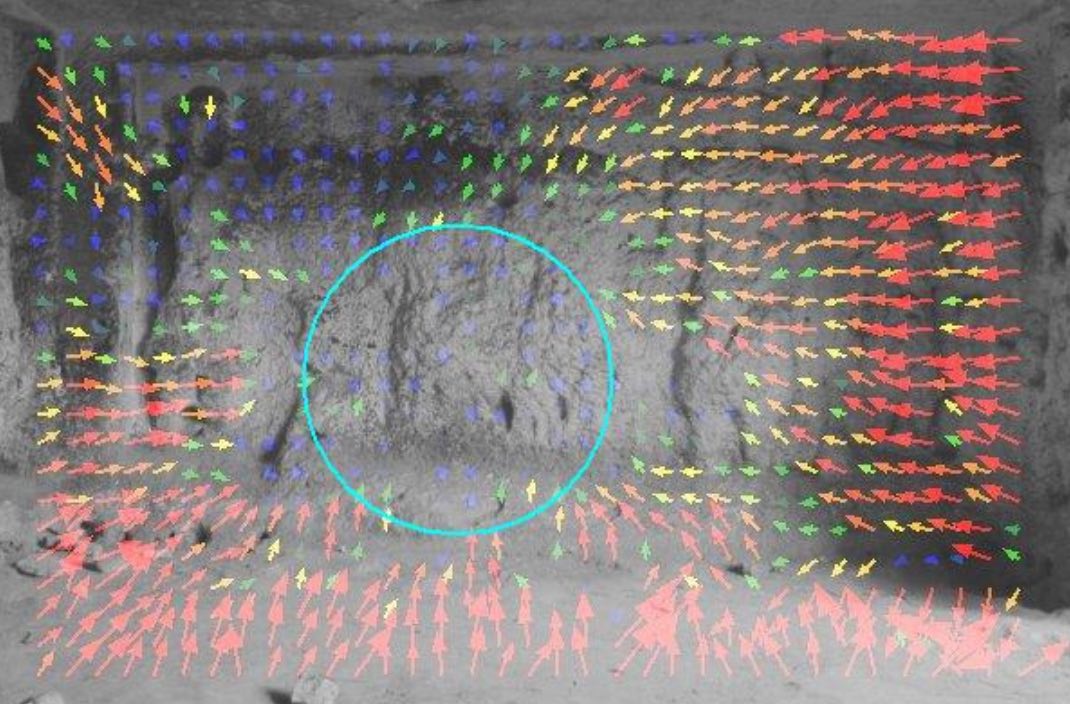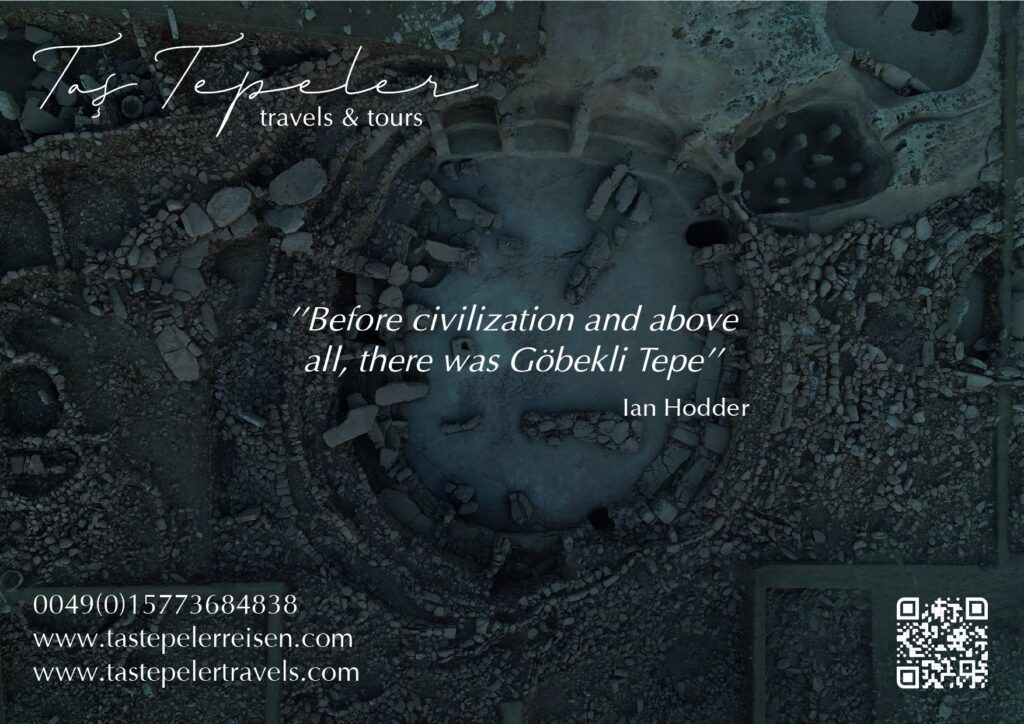DRAFT OF A LION RELIEF FROM SOĞMATAR CULT AREA IN ŞANLIURFA
The aim of this article is to date the relief of a lion found in the Soğmatar cult area in the central district of Şanlıurfa. The draft of this lion relief found in the cult area is quite large and is generally seen as a portal lion dated to BC 1. thousand. It differs from other drafts from the area with its high relief technique and it was made of limestone instead of basalt stone. The Soğmatar cult area is located in an area called Tektek Mountains which 60 km southeast of Şanlıurfa. It is located 40 km northeast of the Harran archaeological site. The Soğmatar cult area
Read More

